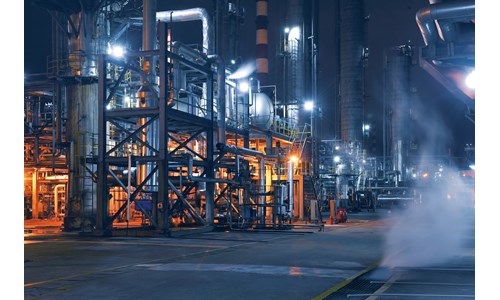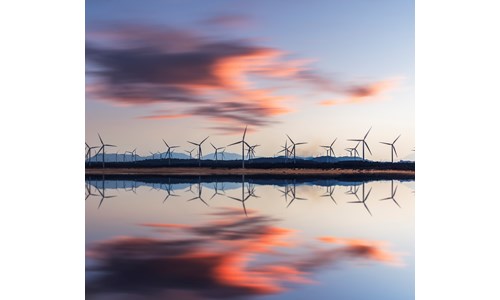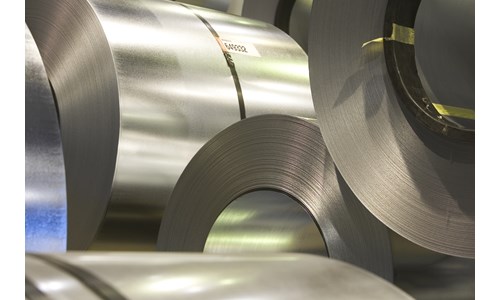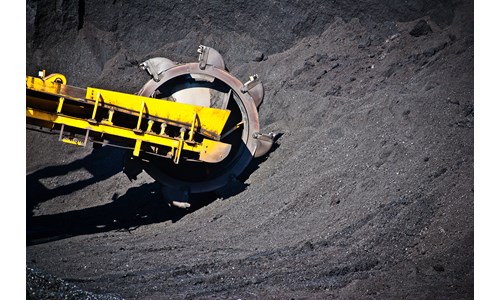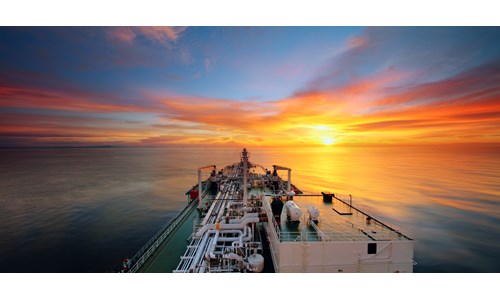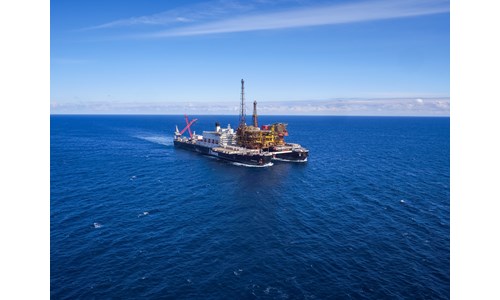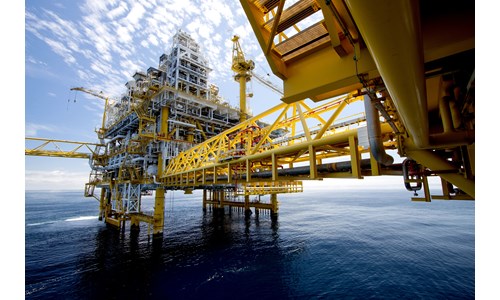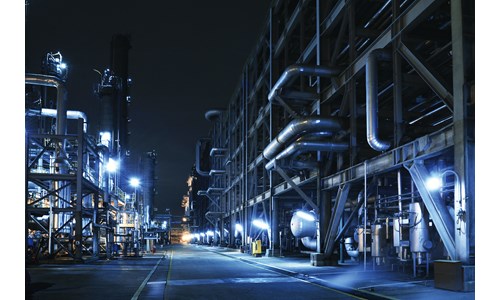Europe’s upstream in transition – is growth an option?
This report is currently unavailable
*Please note that this report only includes an Excel data file if this is indicated in "What's included" below
Report summary
Table of contents
- Executive summary
-
What’s the state of play in Europe?
- Exploration – a tale of contrasts
- The negatives: governments are responding to public opposition with new restrictions
- The positives: the Majors have committed to high-impact exploration and licensing rounds abound
- Production – mixed messages as Europe’s gas imports increase
- Gas outlook: obstacles ahead for the ‘energy transition fuel’
- Oil and condensate outlook: growth projects must adapt to align with environmental concerns
-
What are the strengths and weaknesses of the European upstream sector?
- Strengths
- Weaknesses
-
Strategies for success in Continental Europe’s upstream
- 1. Don’t be afraid of mature basins, with potential to scale up by playing across borders
- 2. Prioritise regulatory and fiscal stability above all else
- 3. Pick M&A options wisely, learning lessons from the North Sea
- Majors to rationalise further. Where in Europe will the axe fall next?
- More asset sales by NOCs and ‘national champions’ in Central and Eastern Europe?
- Who are the likely buyers?
- Europe’s upstream in transition – is growth an option?
Tables and charts
This report includes the following images and tables:
- European countries with drilling restrictions
- European countries with licensing rounds in 2018-20
- European sales gas production
- European oil and condensate production
- Global fiscal benchmarking – Europe’s competitive advantage
- Global Environmental Regulatory Framework Index
- Majors’ remaining value in Europe (as percentage of global portfolio)
What's included
This report contains:
Other reports you may be interested in
The lights are back on: what could the wider implications of Iberia’s blackout be for European power?
Europe's critical need for infrastructure, cross-border connections, and market frameworks must be balanced by realistic policy making.
$5,000Poland power market long-term outlook: May 2024
Our May 2024 long-term outlook for the Polish power market, with fully integrated hourly supply-demand analysis and prices.
$12,500Europe power markets strategic planning outlook: 2023
A summary of our latest long-term regional outlook for European power capacity, supply and demand.
$15,000





